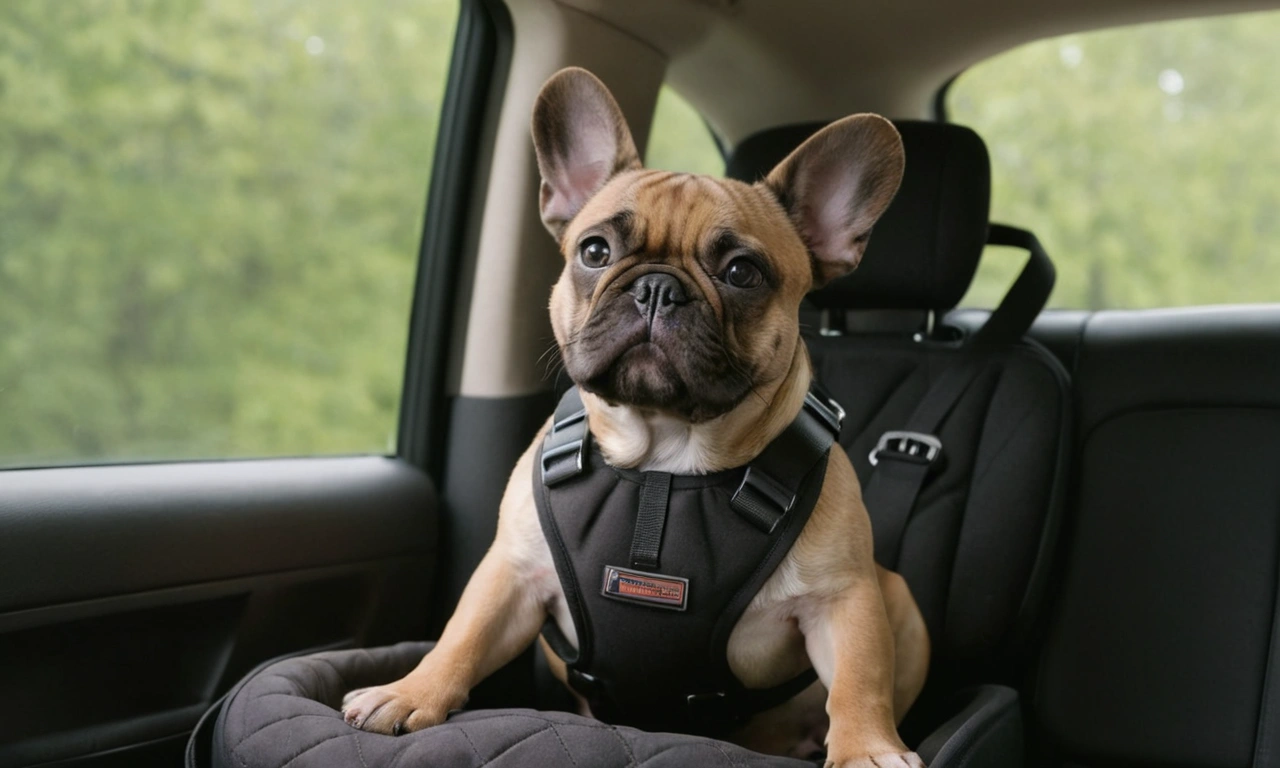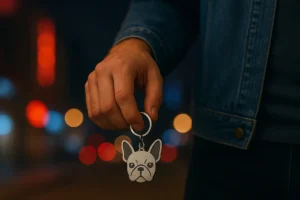Our website thrives on the backing of its audience. By purchasing through the links on our site, you may help us earn an affiliate commission.
The product images on this page are simulated images created by the author.
Frenchie families often clip a walking harness to a seat belt and hope for the best. Then a sudden stop turns fidgeting into a lurch, and panic replaces cute road-trip vibes. This guide explains why a Frenchie car seat setup matters, what’s actually crash-tested, and which picks work for barrel-chested companions—with clear answers and affiliate product recommendations to make safe choices simple. (Center for Pet Safety)
Why Frenchie Car Seat Matters
A walk harness isn’t designed for crash forces; stitching and hardware can fail, turning pets into projectiles. Back-seat placement reduces airbag risk, and short, fixed tethers beat zip-line clips. Owners comparing french bulldog car seat options to harnesses need evidence, not hype—especially for brachycephalic breeds that ride cooler and calmer when properly secured in the rear. Safety standards and credible tests steer the decision. (American Kennel Club, Center for Pet Safety)
Key Features to Look For
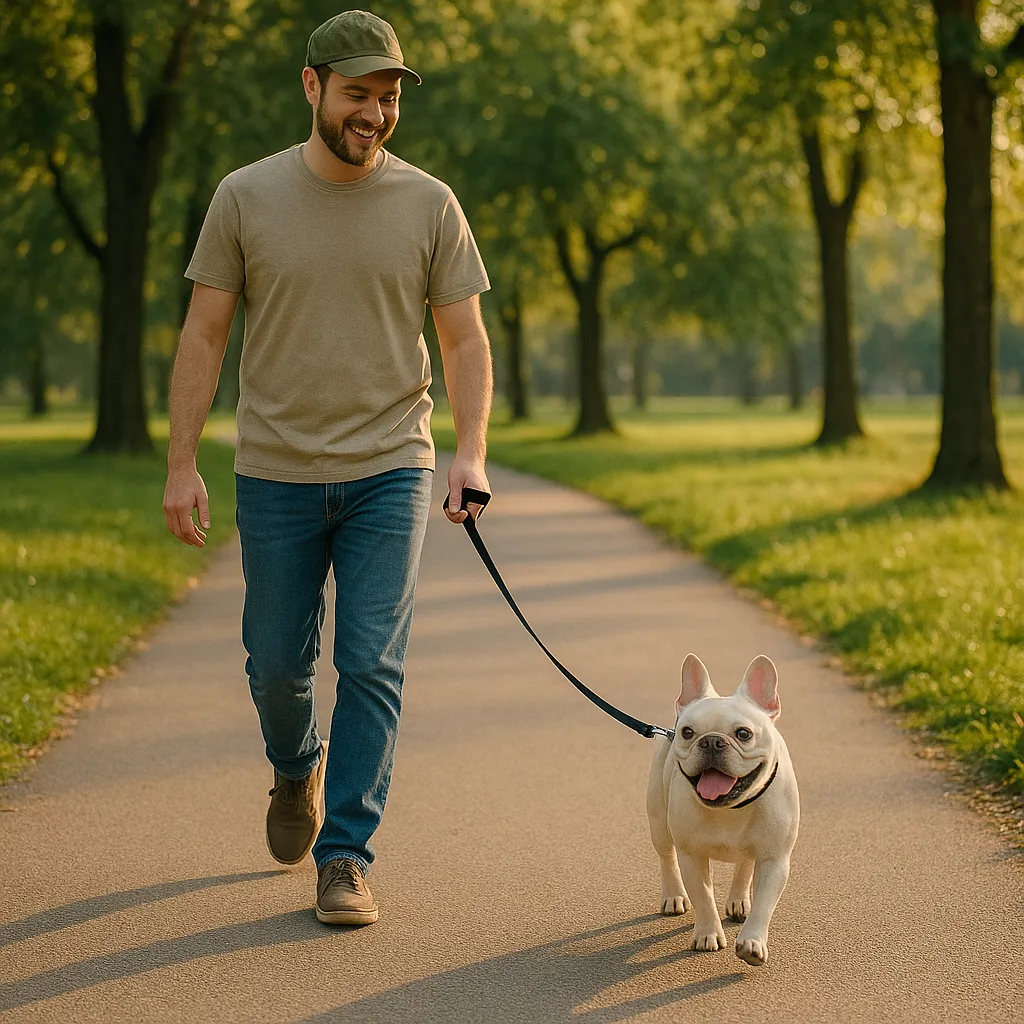
A credible system begins with crash-tested restraint verified by the Center for Pet Safety, not just marketing claims. Prefer rigid installs, dual anchoring, and a short seat-belt tether. Flat faces, breathable sides and moderate elevation help visibility without strain. Avoid front-seat use; choose the back seat only. If hardware mentions LATCH anchors, follow brand instructions or default to the vehicle’s three-point belt path for consistency. (Center for Pet Safety)
Feature checklist (with quick examples):
- Certified restraint: Harness/carrier listed by CPS (e.g., Sleepypod, Diggs Passenger, Away Pet Carrier).
- Dual-anchor install: Seat-belt path plus headrest or rear strap to limit pitch/roll.
- Fit for a barrel chest: Snug chest panel; avoid neck pressure.
- Short tether + tall sides: Stabilizes a booster seat; never clip to a collar.
- Washability & airflow: Removable covers; vented panels for brachycephalic dog car seat comfort. (Center for Pet Safety)
Best Options
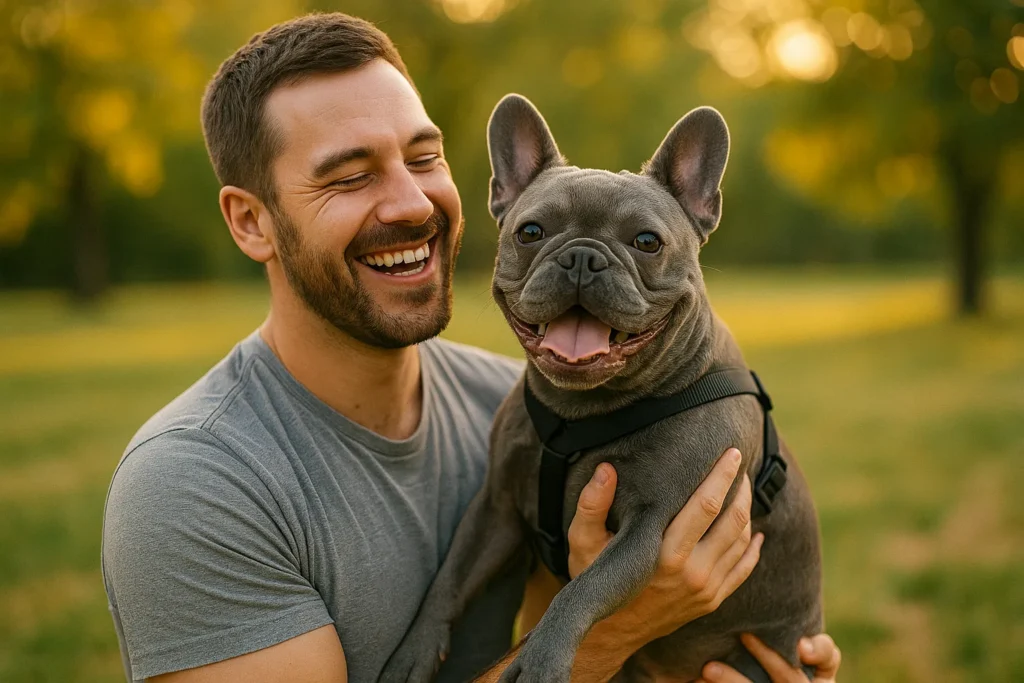
Sleepypod Clickit Sport
This CPS-certified harness reduces forward and lateral movement and pairs well with low-rise boosters. Three contact points stabilize the dog while wide padding spreads force during abrupt stops—ideal for a dog car harness for car scenarios.
- Pros: CPS listed; durable hardware; everyday usability
- Con: Precise fit is essential for Frenchie shapes
- 👉 Check price on Amazon
Diggs Passenger
A compact carrier that earned CPS certification, useful for anxious riders who settle better in a cozy “den.” It installs with the vehicle belt and keeps posture neutral, answering “can a frenchie use a carrier as a car seat” for many small adults.
- Pros: CPS certified; tidy belt path; calm ride feel
- Con: Size cap suits smaller Frenchies only
- 👉 Check price on Amazon
Sleepypod Air

For Frenchies within the weight limit, Sleepypod Air secures to the seat belt and offers excellent airflow. It’s a practical answer for “dog travel crate for car” on quick trips when a soft-sided carrier beats a rigid crate.
- Pros: Proven brand; belt-friendly design; breathable build
- Con: Weight max excludes heavier adults
- 👉 Check price on Amazon
PupSaver
A rear-facing dog car seat for french bulldog riders who relax when cradled. It’s engineered to work with the vehicle’s belt and pretensioner; pair with a tested harness where recommended. Use rear seating only and confirm size guidance.
- Pros: Cozy posture; strong community following
- Con: Bulkier to mail/install than simple boosters
- 👉 Check price on Amazon
Also popular: EzyDog Drive and Kurgo Tru-Fit harnesses (manufacturer crash-tested); check latest certifications before purchase. Rigid crate fans may consider Gunner Kennel G1 Small; it’s CPS-listed when used with strength-rated straps. (Amazon)
5) Extra Tips for Buyers + Complementary Picks
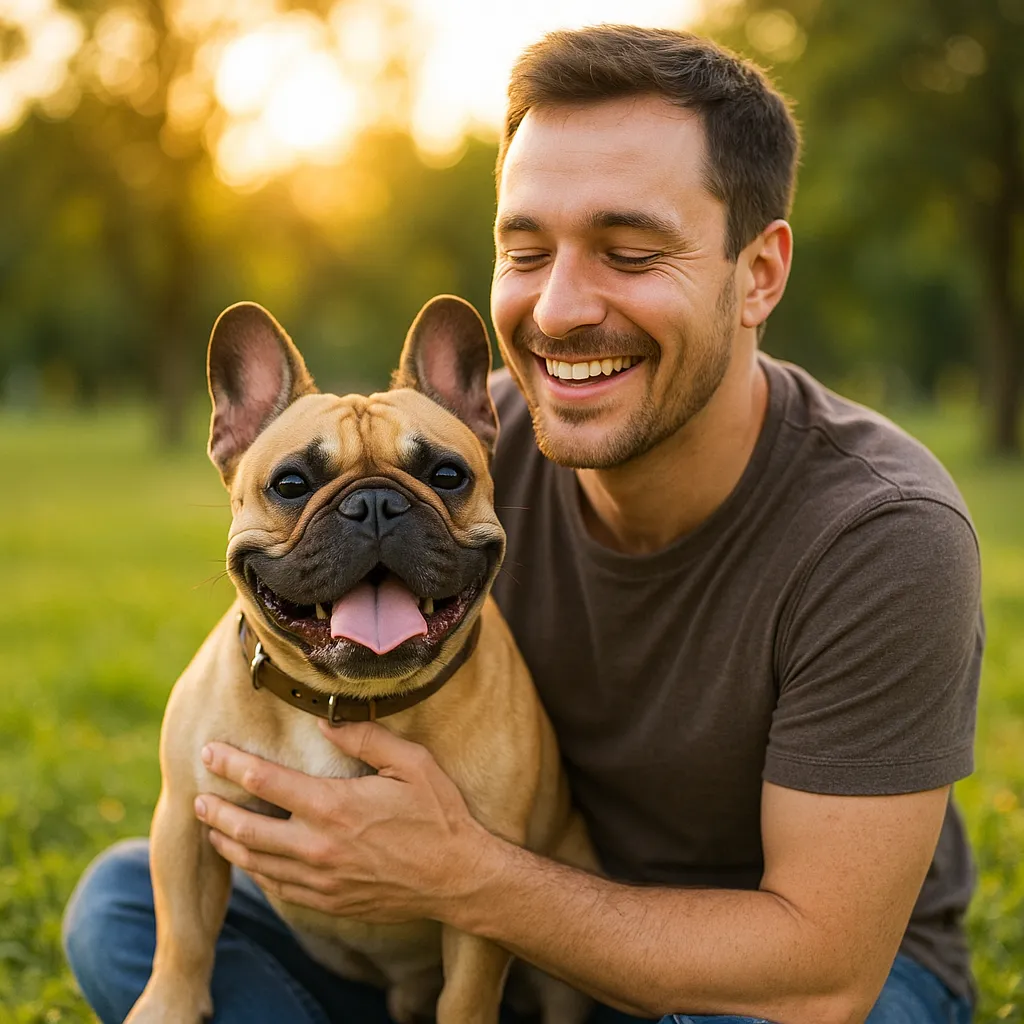
Choose front seat vs back seat for dogs wisely: the back protects against airbags and keeps distractions down. To learn how to secure a dog car seat properly, run the belt through the marked path, add the headrest strap if supplied, and use a short tether attached to the harness D-ring. For motion-sensitive pups, gradual rides and shade help if french bulldogs get car sick. (American Kennel Club)
Helpful add-ons (Amazon):
- Anti-slip travel mat for under a small dog car seat.
- Spill-taming water bowl for quick stops.
- Seat-belt clip spares—use only if approved, never as a collar connection.
6) FAQs
Are car seats safe for french bulldogs?
Yes—when used in the back seat only with short tethers and a crash-tested harness or carrier. Avoid front airbags and loose leads. Check CPS lists for certified gear and size caps, then rehearse short drives before longer trips. That combination balances stability, airflow, and calm posture for compact, short-nosed companions on daily errands. (Center for Pet Safety, American Kennel Club)
What size car seat for a frenchie
Match weight and chest girth, not breed labels. Many adults sit between 16–28 lb with a stout chest; confirm the maker’s chart and choose tall sides with a snug harness channel. If shopping for a dog car seat booster, pick models that specify load limits clearly and allow a short tether to the harness, not the collar, for stability. (Center for Pet Safety)
french bulldog car seat vs harness
Use both: a CPS-listed harness inside a stabilized booster or carrier gives restraint plus comfort. A walk harness alone isn’t engineered for crash forces. Where a crate fits, a rigid option secured to anchor points adds protection but takes space; that’s why compact Frenchie setups lean toward certified harnesses or carriers over stand-alone baskets. (Center for Pet Safety)
Do Frenchies need a special car seat?
They need safety gear that respects a broad, barrel chest and brachycephalic airflow. Prioritize certified harnesses or carriers with breathable panels, tall sides, and firm installs. Lightweight baskets with long straps aren’t enough. When in doubt, filter for CPS-listed products and rear-seat use; that combination outperforms generic pet accessories during sudden stops. (Center for Pet Safety)
Crash-tested frenchie car seat.
Look for CPS wording and labels rather than vague “tested” claims. Brands like Sleepypod publish results; carriers such as Diggs Passenger and Away Pet Carrier are also on the CPS list. Remember: many “cute” baskets lack certification, so make certification the first filter before aesthetics, color, or pocket count in any cart. (Center for Pet Safety)
rear-facing dog car seat for french bulldog
Rear-facing seats cradle smaller riders and can reduce anxiety; pair with a compatible harness and follow belt directions exactly. Check size limits meticulously and avoid console dog seats that lack rigid mounting. Rear-facing isn’t a substitute for certification—make sure the brand discloses testing details before trusting precious cargo to novelty designs. (Amazon)
How to measure a frenchie for a car seat
Measure weight, chest girth at the widest point, and seated shoulder height. Use the maker’s size grid, then test at home: the harness should hug the chest without gaping or neck pressure. Add a two-finger check for comfort. If between sizes, prioritize harness fit and side height over extra padding; stable geometry outweighs fluff.
Is it illegal to drive with a dog on your lap?
Rules vary by location, but many regions treat laps as distracted driving. Even where not explicit, laps endanger both driver and dog in a crash. Use rear seating and proper restraint every time; legal or not, unrestrained pets can cause injuries and claims headaches that far exceed the cost of responsible equipment. (Center for Pet Safety)
front seat vs back seat for dogs
Choose the back seats. Airbags can injure small dogs, and windshield proximity increases risks. A rear location calms some riders and keeps drivers focused. If your vehicle lacks back seats, consult a veterinarian and the maker about deactivating passenger airbags—though most experts still recommend the rear whenever possible. (American Kennel Club)
How to secure a dog car seat properly
Follow the printed belt path, tighten until the base doesn’t yaw, and attach a short tether to a harness D-ring. Avoid clipping to collars. If your product mentions LATCH anchors, use only as directed by the brand. Finish with a parking-lot rehearsal of hard-brake simulations to confirm nothing shifts during abrupt deceleration. (Center for Pet Safety)
Do French bulldogs get car sick?
Some do. Ease nausea with smoother driving, cooler cabins, and gradual exposure. A modest booster seat can help riders see forward and feel stable. Skip heavy meals before trips and offer water at stops. If symptoms persist—drooling, lip licking, or vocalizing—ask a vet about motion-sickness options and training plans for counter-conditioning.
best car seat for 25 lb frenchie
For a mid-twenties adult, consider Sleepypod Clickit Sport plus a stabilized booster, or a CPS-listed carrier if the dog fits the weight cap. When crates are feasible, Gunner Kennel G1 Small with rated straps is robust but heavy and space-intensive. Always verify weight and girth charts and rehearse short trips first. (Center for Pet Safety, Amazon)
Can a frenchie use a carrier as a car seat?
Yes—if the carrier is CPS-listed and installed with the vehicle belt according to instructions. Diggs Passenger and Away Pet Carrier appear on the certification list; always check sizing, ventilation, and belt routing before purchase. Carriers aren’t plush baskets; they are restraint devices designed to manage real crash loads. (Center for Pet Safety)
Are console dog seats safe?
Generally no. Console positions lack proper belt paths, increase impact risk, and invite distraction. Even marketed “baskets” often use long straps that amplify whiplash. Choose rear seating and verified restraints instead; the safest setups combine a certified harness or carrier with rigid anchoring and short tethers that minimize forward motion. (Center for Pet Safety)
Can a dog seat belt replace a car seat?
A “seat-belt” clip alone is not enough. Use it only with a crash-tested harness and a short tether, and never on a collar. Better still, combine a certified harness with a stabilized booster or choose a certified carrier or crate. That layered approach outperforms single-point gadgets during emergency stops. (Center for Pet Safety)
7) So, which one to choose from?
A walk harness isn’t crash protection, and Frenchies deserve better. A Frenchie car seat strategy means rear seating, a CPS-listed harness or carrier, and a tight install with short tethers. Pick from the options above, check sizing charts carefully, and run a rehearsal drive this week. Safer rides start now—with calmer pups and far fewer white-knuckle moments. (Center for Pet Safety)
References
- Center for Pet Safety – CPS Certified lists & harnesses. (Center for Pet Safety)
- AKC – Dog car safety & back-seat guidance. (American Kennel Club)
- Sleepypod Clickit (official + Amazon). (Sleepypod, Amazon)
- Diggs Passenger (Amazon). (Amazon)
- PupSaver rear-facing seat (Amazon + brand). (Amazon)
- Gunner Kennel G1 (Amazon brand page; CPS note). (Amazon)
